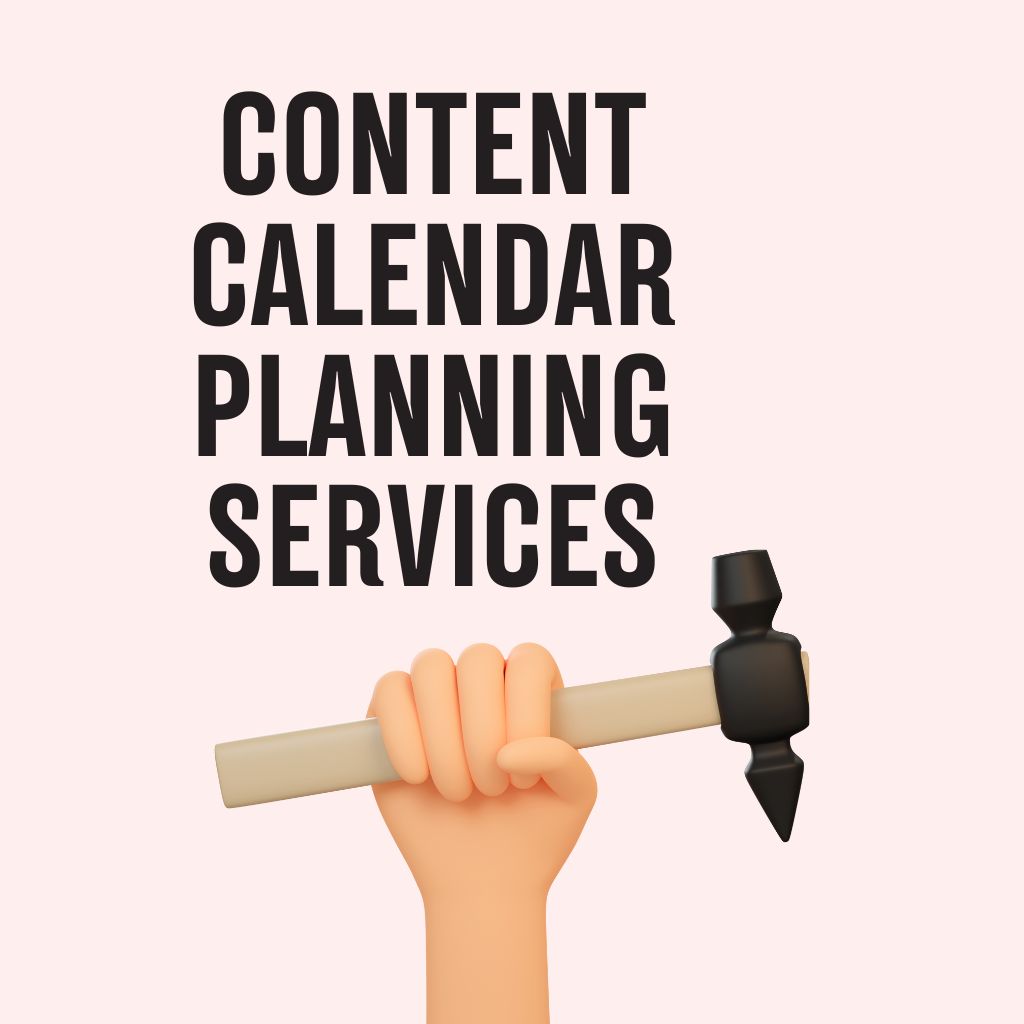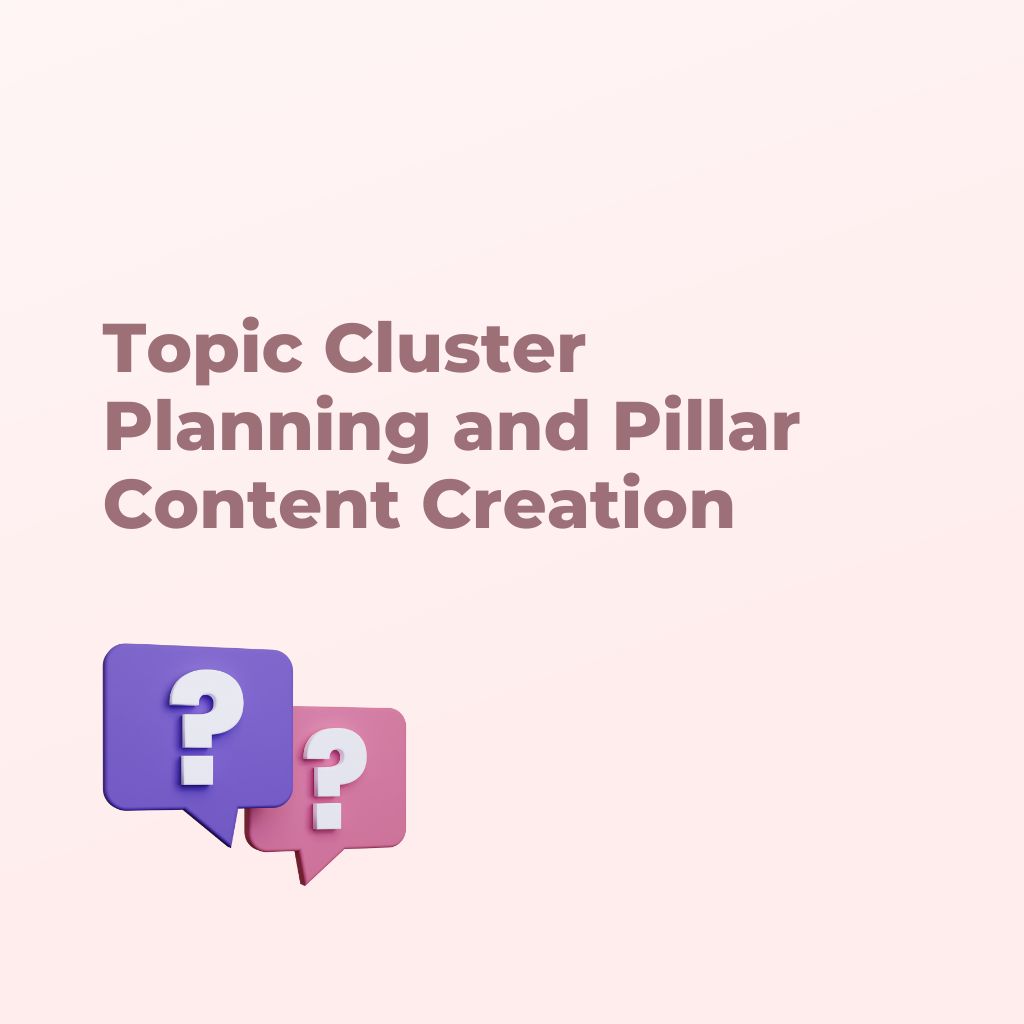
Content Calendar Planning Services: Organize, Optimize, and Elevate Your Content Strategy for Lasting Growth
In today’s competitive digital world, content is the driving force behind brand visibility, audience engagement, and business growth. But even the best content ideas can fall flat without structure, consistency, and timing. Random posting leads to wasted effort, missed opportunities, and a disjointed brand message. The solution? A content calendar — and, more importantly, professional content calendar planning services that ensure your content strategy is organized, optimized, and aligned with your goals.
This article explores why content calendar planning is essential, how expert services can transform your marketing, and the steps to building a strategy that delivers measurable results.
What is Content Calendar Planning?
A content calendar is a structured schedule that outlines what content will be published, when, and on which platforms. It includes blog posts, social media updates, email campaigns, video content, and more.
But content calendar planning isn’t just about dates — it’s about strategy. It ensures your content aligns with business objectives, seasonal trends, campaigns, and audience needs.
Professional content calendar planning services take this a step further by:
-
Conducting audience and market research.
-
Aligning content with SEO and branding.
-
Mapping out content across multiple channels.
-
Monitoring and optimizing performance.
Why Businesses Need Content Calendar Planning Services
-
Consistency Builds Trust
Audiences engage more with brands that post consistently. A calendar ensures you maintain a reliable presence. -
Improved Efficiency
Planning ahead saves time, reduces last-minute scrambling, and streamlines the content creation process. -
Stronger Brand Messaging
Coordinated planning ensures all channels share a consistent voice and message. -
Optimized for SEO and Performance
When content is mapped strategically, you target the right keywords at the right time for maximum impact. -
Better Collaboration
Teams can coordinate effectively when everyone knows the publishing schedule and goals. -
Maximized ROI
With services focused on planning, your investment in content creation goes further and delivers better returns.
What Professional Content Calendar Services Include
Professional providers go beyond simply creating a schedule. Their services often include:
-
Content Strategy Alignment: Ensuring every piece of content aligns with business goals.
-
Keyword and SEO Research: Identifying the right keywords and topics to maximize visibility.
-
Multi-Channel Planning: Coordinating blogs, social posts, videos, and email campaigns.
-
Seasonal & Campaign-Based Planning: Leveraging holidays, industry events, and product launches.
-
Content Workflow Management: Assigning roles, deadlines, and approvals for teams.
-
Analytics & Optimization: Tracking performance and adjusting the calendar accordingly.
Steps in Building a Successful Content Calendar
1. Define Goals and Objectives
Before creating a calendar, define your goals: increased traffic, brand awareness, lead generation, or sales.
2. Research Your Audience
Understand who your audience is, their pain points, and where they consume content. This ensures your calendar is customer-focused.
3. Conduct a Content Audit
Analyze existing content: What has worked? What’s missing? What needs updating?
4. Choose the Right Platforms
Decide whether your focus will be blogs, LinkedIn, Instagram, YouTube, newsletters, or a combination.
5. Brainstorm and Organize Content Ideas
Generate topic ideas based on audience research, SEO insights, and business goals.
6. Map Out the Calendar
Assign publishing dates, platforms, and responsibilities. A good calendar balances evergreen and trending content.
7. Track and Optimize
A calendar is dynamic. Professionals monitor analytics and adjust strategies to ensure continuous improvement.
Example of a Content Calendar in Action
A fitness brand decides to build a monthly calendar:
-
Week 1: Blog post – “10 At-Home Workouts for Beginners”
-
Week 2: Instagram Reels – 60-second exercise demos
-
Week 3: Newsletter – Tips on nutrition and lifestyle
-
Week 4: YouTube video – “Full-Body Workout Routine”
With professional planning, every piece connects to the larger theme of healthy living and supports product promotions. Instead of random posts, the brand has a structured, impactful content flow.
Benefits of Outsourcing Content Calendar Planning
-
Expertise: Professionals bring knowledge of SEO, design, and content strategy.
-
Fresh Perspective: They identify gaps and opportunities you might miss.
-
Time Savings: Teams can focus on execution rather than endless planning.
-
Scalability: Calendars grow as your content strategy expands.
-
Accountability: Clear deadlines and responsibilities ensure timely publishing.
Future of Content Calendar Planning
As AI, automation, and data-driven insights advance, content calendars will evolve into intelligent, adaptive systems. Future calendars will:
-
Integrate AI-driven recommendations for optimal posting times.
-
Personalize content scheduling based on audience behavior.
-
Automate content repurposing across multiple platforms.
Businesses that adopt professional planning services now will be positioned to take advantage of these innovations while maintaining consistency and authority today.
Conclusion
A strong content strategy is like a symphony — and the content calendar is the conductor. Without it, even great content ideas fall out of tune.
Professional content calendar planning services ensure your strategy is not just consistent but also impactful, aligned with goals, and optimized for growth. Whether you’re a startup, a growing business, or an established brand, these services provide the structure and expertise needed to transform content into results.
Remember: Consistency builds trust, strategy drives growth, and planning creates success. If you want your content to resonate, inspire, and convert, invest in content calendar planning services today.
#ContentCalendar #ContentStrategy #DigitalMarketing #SEOContent #ContentPlanning #MarketingGrowth #ContentOptimization

